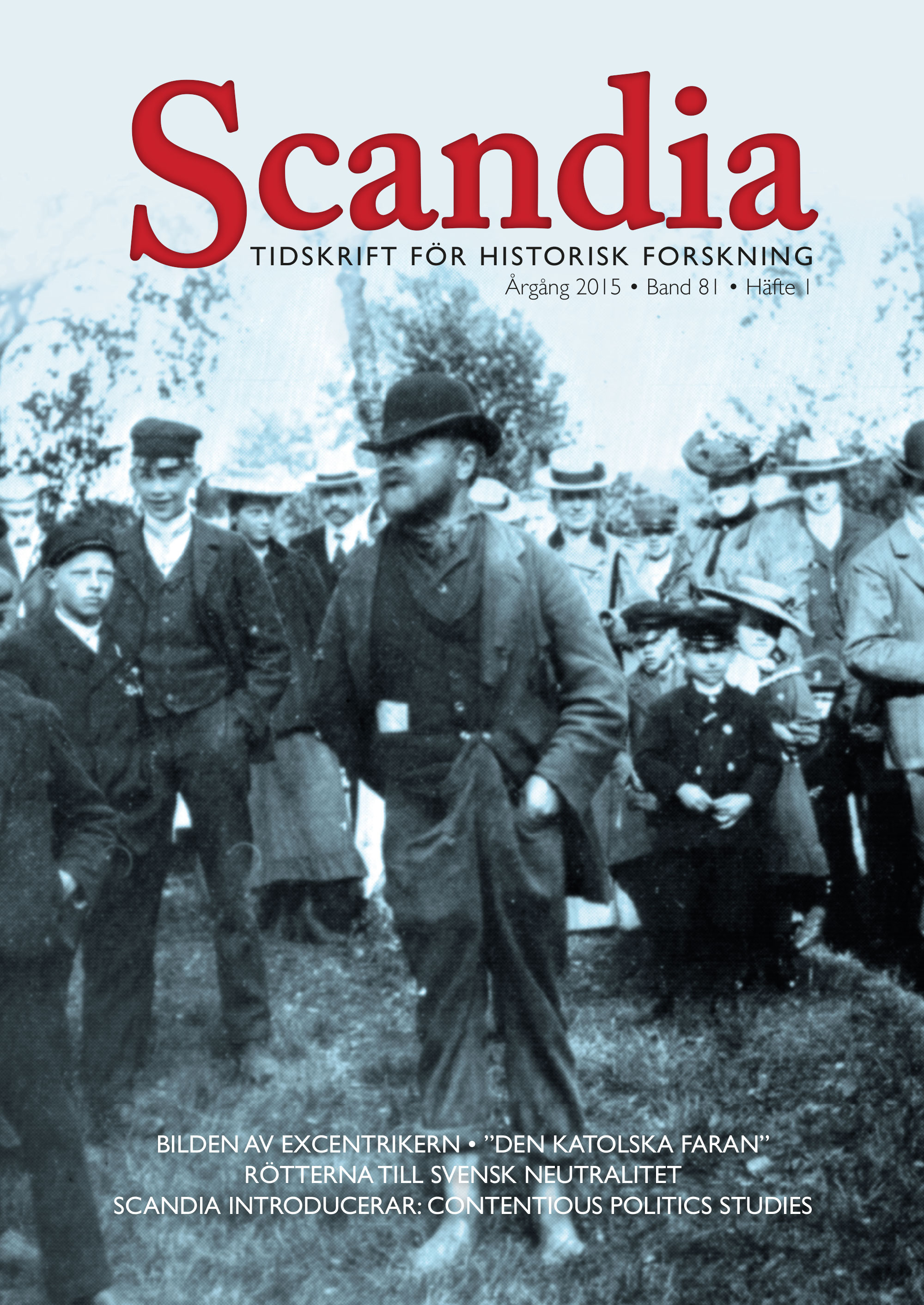Språk
Scandia Blogg
Videografen på Röda Kvarn
Dennis Magnusson
Bloggen diskuterar ett bortglömt kapitel i svensk filmhistoria,...
En orkan i det udenrigspolitiske spil: Katastrofehåndtering og salget af Dansk Vestindien til USA
Louise Bundgaard, Kamilla Matthiassen, Fiona G. Otten, Anne Katrine H. Pedersen & Bo...
Ny kunnskap om sørsamisk historie krever at vi våger å sprenge grenser
Camilla Olofsson Båatas, central handläggare för samiska frågor,...






